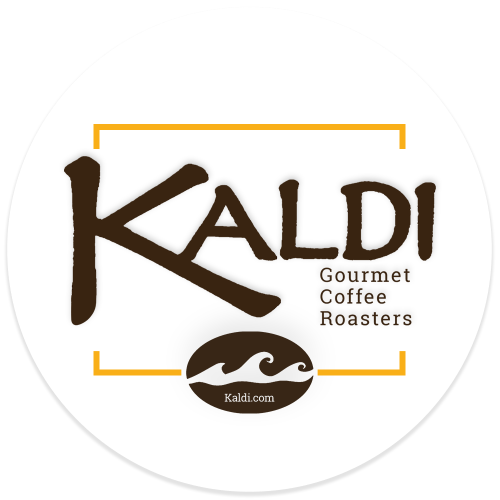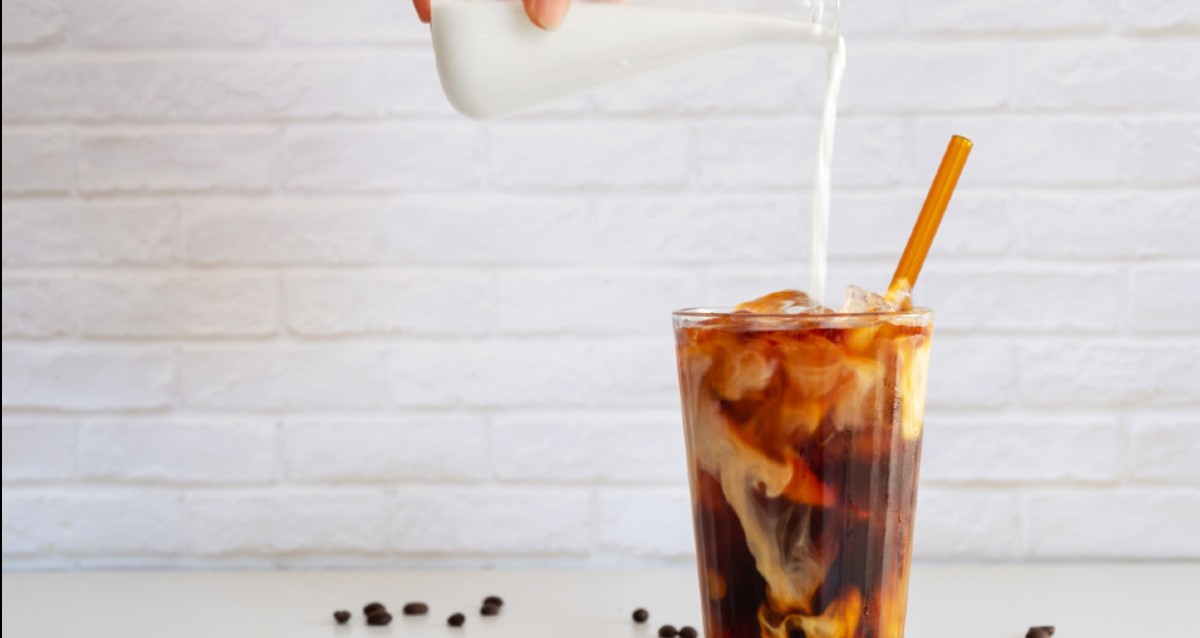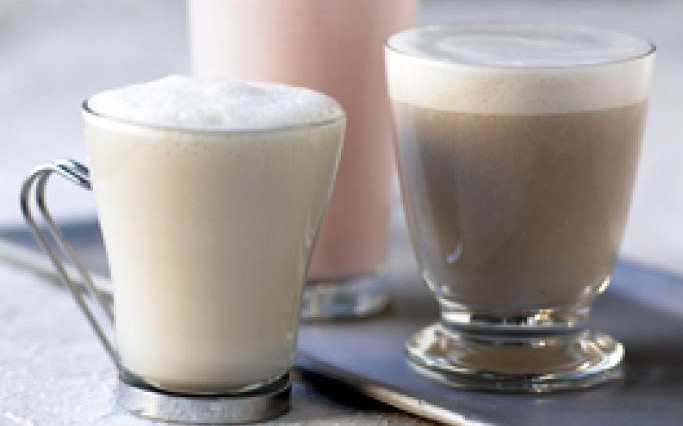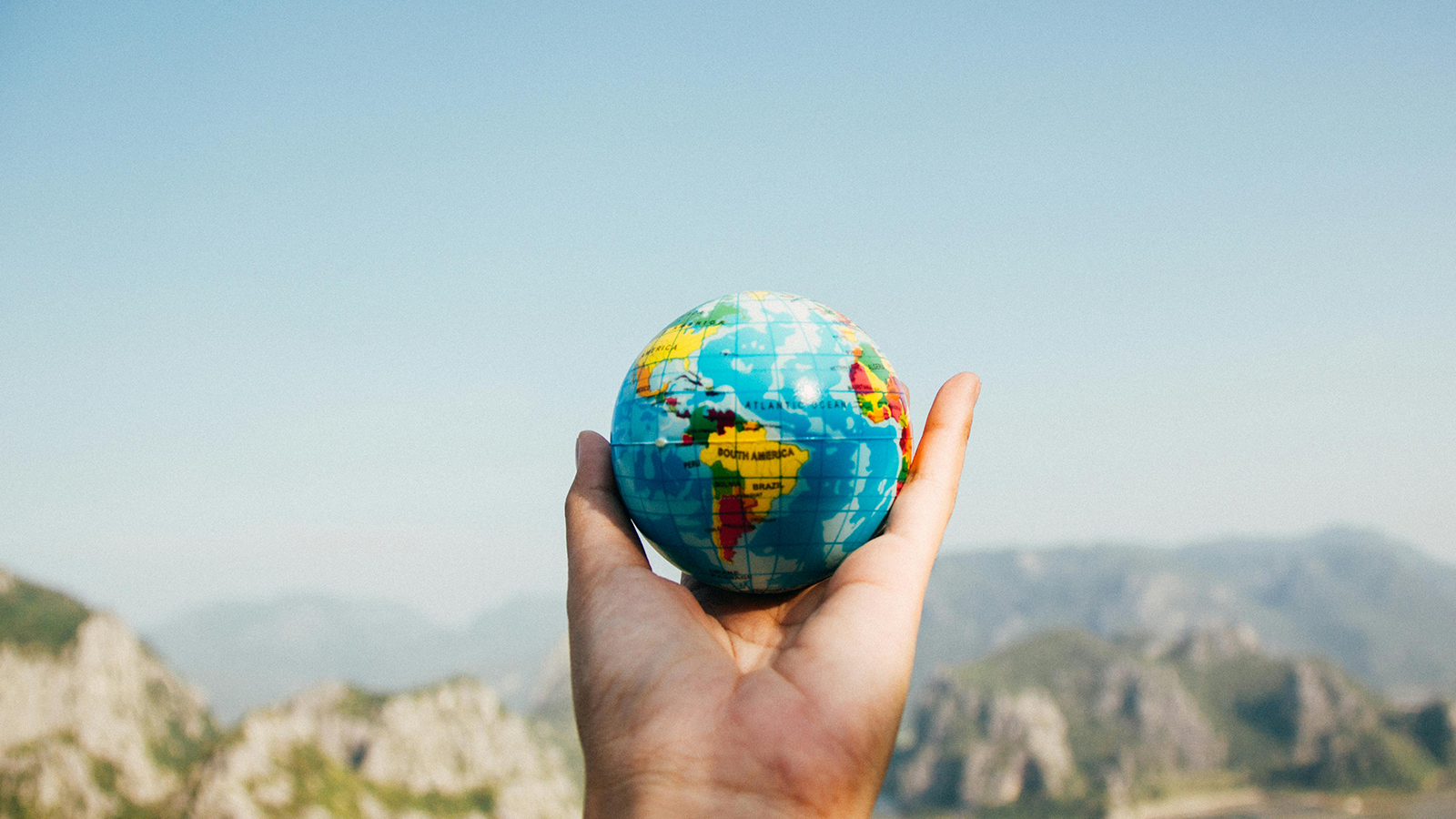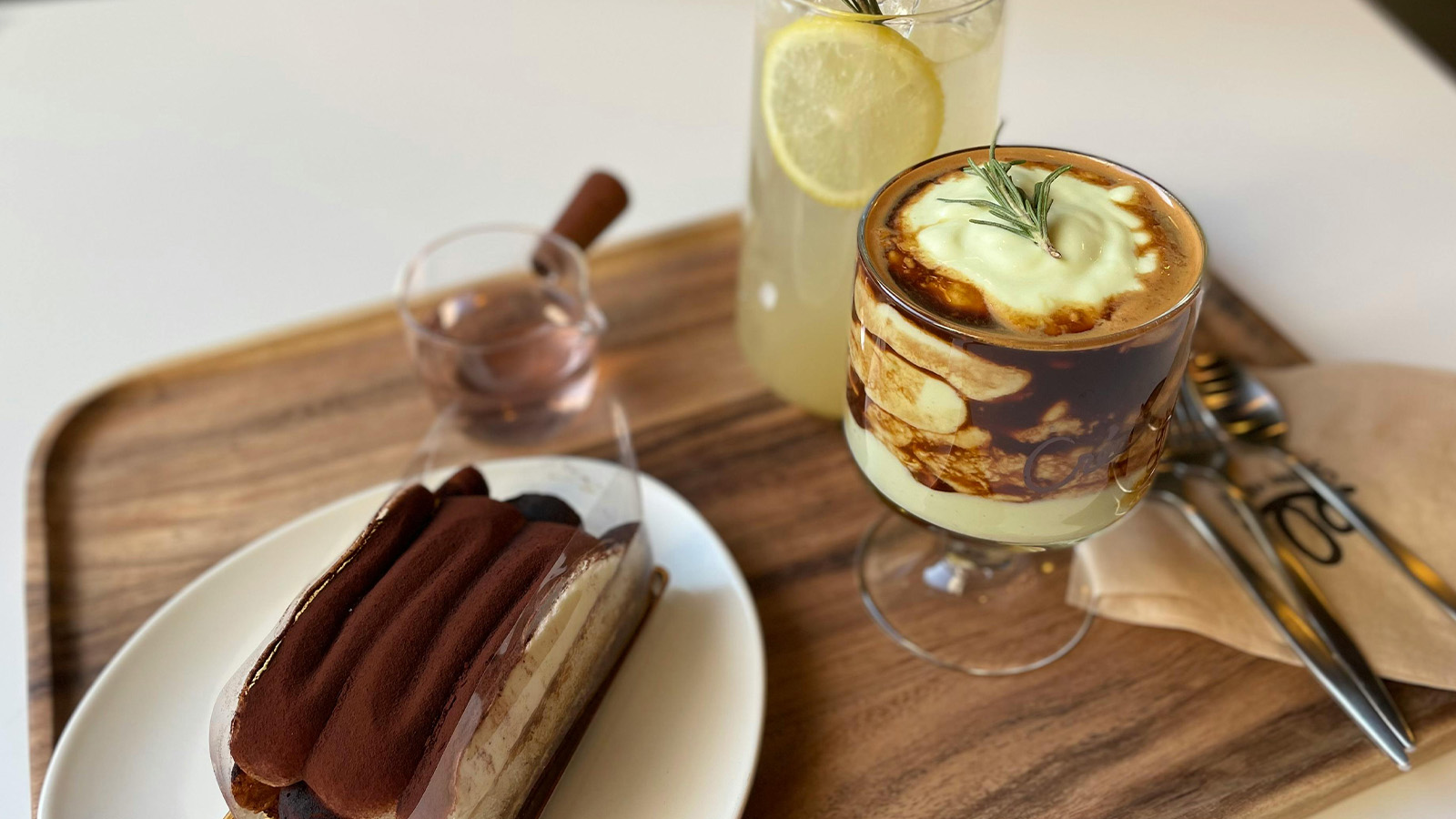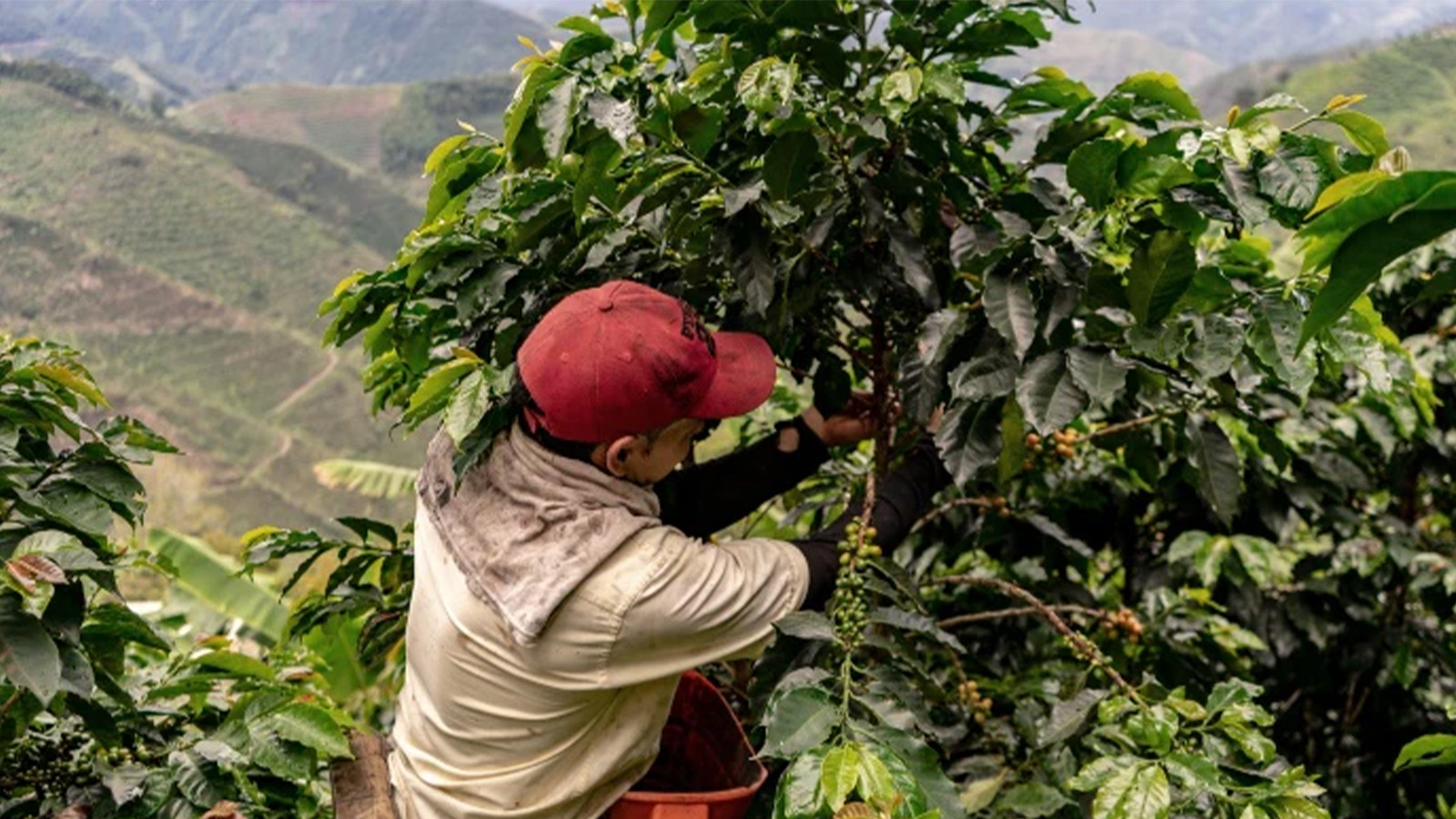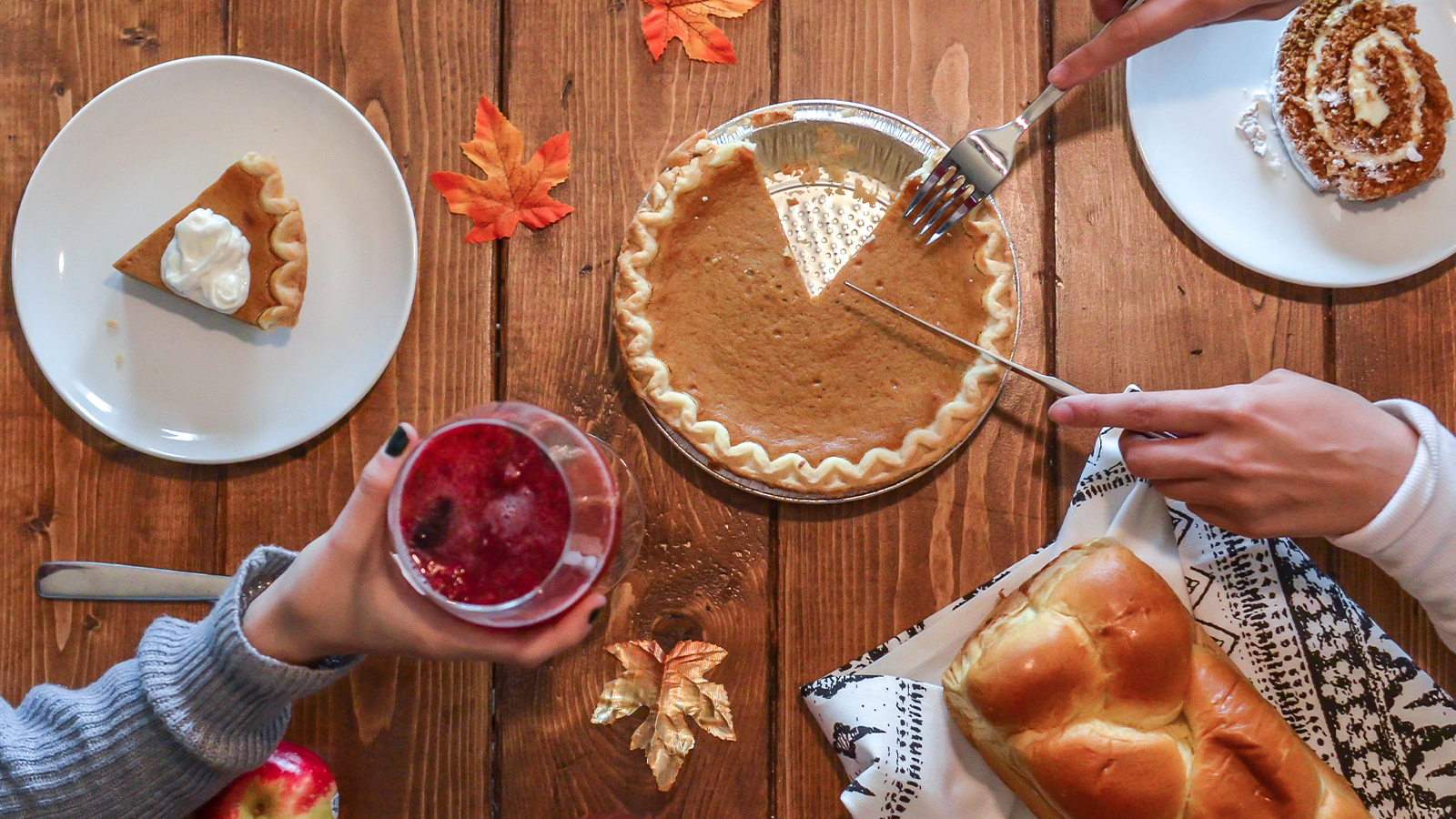What Are Arabica Coffee Beans
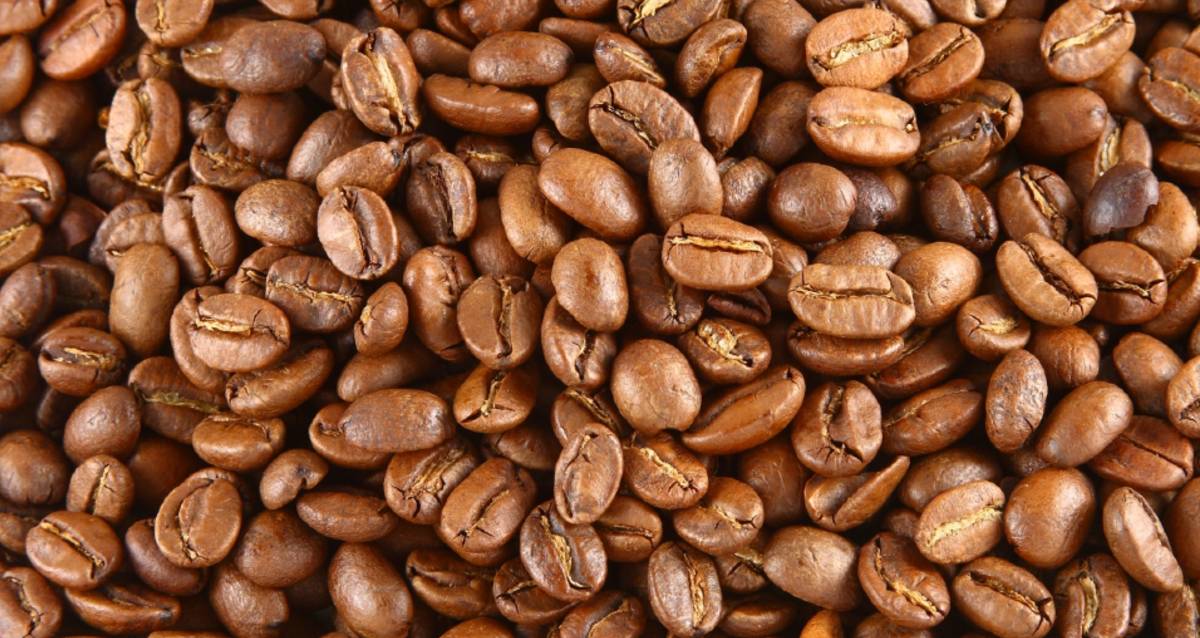
There are hundreds of different varieties of coffee beans but only two that matter when it comes to world coffee production: Arabica and Robusta.
Arabica coffee is made from the beans of the Coffea arabica plant and accounts for 75% of the coffee consumed around the world. It originated in the southwestern highlands of Ethiopia before migrating to Arabia in the 7th century. The high acidity and complex chemical compounds in Arabica beans produce the world’s most refined and best quality coffees, characterized by a smooth, rich texture, sweet aroma and delicious nutty, floral, fruity and chocolatey overtones.
Robusta, which is made from the beans of the Coffea canephora plant, accounts for the other 25% of world coffee production. It originated in sub-Saharan Africa and is now grown exclusively in the Eastern hemisphere in Africa and Indonesia. Vietnam is the largest producer of Robusta coffee.
Robusta is lower in acidity than Arabica and has a stronger, harsher flavor, sometimes with an earthy, burnt rubber or woody quality and an aftertaste of peanuts. The beans are paler, more circular and tend to be slightly smaller than Arabica beans with a less pronounced center crease.
Robusta is mainly used in instant coffees and as filler to produce lower cost supermarket blends. However, not all Robusta is low quality. Premium Robusta beans are used in Italian style espresso blends due to their excellent crema (the tasty, aromatic froth you find on top of an espresso) and can also be blended with Arabica to add depth of flavor. Robusta has a higher caffeine content (2.2% to 2.7%) compared to Arabica (1.2% to 1.5%) which accounts for its bitter taste and its powerful kick.
Arabica coffee beans are sensitive, requiring specific growing conditions which mean they are more expensive to cultivate. They are grown in the equatorial and subtropical regions of Central and Latin America, Indonesia, the Caribbean, Africa and India. The biggest producer of Arabica coffee beans is Brazil.
The best quality Arabica beans are shade grown at high altitude or under the rainforest canopy. They like to grow on hillsides which can make harvesting a challenge, and prefer humidity and consistent temperatures of between 59F and 75F.
The shade and lower temperatures mean that it takes around 4 years for an Arabica coffee tree to mature. The long growing season and lower temperatures means that each tree produces only 1 to 2 lbs of fruit each season and the cherries must be hand-picked to ensure that only the ripest are harvested. However, the beans have a high sugar content which, when roasted, is caramelized to produce the amazing flavor and aroma we associate with the finest Arabica blends.
The highly specialized growing and harvesting conditions mean that Arabica beans are considerably more expensive to produce than the faster growing, hardier and higher yielding Robusta, which can grow in direct sunlight at lower altitudes (sea level to 600 meters) and is less vulnerable to variations in weather conditions. You can expect to pay about a third less for Robusta beans that its more refined cousin the Arabica. However, the quality and sheer variety of Arabica beans cannot be matched, which is why they are prized by coffee aficionados the world over.
In fact the single biggest problem Arabica coffee lovers face is deciding which type of beans to buy.
The highly specialized growing conditions around the world and different processing methods mean that coffee beans from each region, or even from different estates just a few miles apart within a given region, have their own highly distinctive characteristics.
For example, Brazilian coffee has a creamy body and low acidity with chocolate and caramel notes. Colombian Arabicas are medium bodied with a sweet nuttiness while Costa Rica produces coffees with a sharper, more acidic quality and notes of honey and toasted nut. The famous Blue Mountain coffee from Jamaica has a smooth, mellow taste while Hawaiian Kona coffee is deeply aromatic with a buttery finish.
For a full bodied coffee you might want to try a fruity and wine-like Ethiopian Arabica dry processed bean or for something more exotic how about an earthy, smooth “monsoon” coffee from India or a spicy, smoky Indonesian coffee? If you’re feeling really adventurous you might even hazard a kopi Luwak coffee which is made from beans that have been eaten and excreted whole by the Asian palm civet!
Whichever Arabica variety you choose we can guarantee a great cup of coffee that stimulates the senses and tastes wonderful to the very last drop. It might cost a little more than a supermarket blend, but it will be well worth it.
